China Sues Sen. Schmitt And Others For Defamation Over COVID-19 Lawsuit
Years ago, I called the pandemic arguably the greatest case of negligence in the history of torts. However, with millions dead and hundreds of billions expended, it was unlikely that China would ever be truly held accountable for its actions. Those failures include not only the alleged release of the virus from the Wuhan lab but also China’s concealment of the release until it had spread globally. A $24 billion judgment was secured in Missouri earlier this year, but China defied the verdict.
Now, it has countersued, naming former Missouri Attorney General and now Sen. Eric Schmitt, R-Mo., among others as defendants. Even by the standards of the Chinese legal system, this action is legally absurd. However, in the CCP-controlled court system, the verdict is little in doubt.
China posted a notice of the lawsuit in Wuhan, naming the state of Missouri and Andrew T. Bailey, in addition to Schmitt. Bailey is listed in the notice as the current Missouri Attorney General, but he recently left that job to become the FBI’s co-deputy director.
After international service under the International Convention on the Service Abroad of Judicial and Extrajudicial Documents in Civil or Commercial Matters, the defendants are called to appear before the Intermediate People’s Court of Wuhan Municipality of Hubei Province, Jianghan District in Wuhan. They are being sued for $356.4 billion Chinese Yuan, or $50.5 billion — just over twice the amount awarded in Missouri.
The complaint demands “public apologies on New York Times, CNN, Wall Street Journal, Washington Post, YouTube and other American media or internet platforms, and People’s Daily, Xinhuanet and other Chinese media or internet platforms…”
The filing is premised on their bringing a successful action against China in United States courts and effectively defaming Wuhan, Chinese officials, and the government generally. I have taught torts for over 30 years and would be hard pressed to come up with a more meritless claim, but law means little in the Chinese court system.
The Missouri action named the Chinese government, various ministries, the Communist Party of China, the Wuhan Institute of Virology and the Chinese Academy of Sciences as defendants. They were found to have withheld information about the COVID-19 virus, failed to contain the outbreak, and actively hoarded high-quality personal protective equipment (PPE) while producing and selling lower-quality PPE to the rest of the world.
After securing the largest damage award in that state’s history, the current Attorney General filed with the U.S. State Department for diplomatic provided service to China in November 2025. Once service is confirmed, Missouri can return to the district court to obtain certification of compliance with service and seek to seize Chinese-owned assets, including real property, financial interests, and other holdings tied to the defendants.
That is what clearly prompted this tit-for-tat litigation in Wuhan.
The Chinese lawsuit names the defendants as an economic and reputational threat to the People’s Republic of China. It argues that their actions have had “negative effects on the soft power” of Wuhan and have “belittled the social evaluation” as well as adversely affected the “productivity and commercialization of scientific and technological achievements” of the Chinese Academy of Sciences and the Wuhan Institute of Virology.
It cites the defendants as having engaged in “vexatious litigation” that “defamed Plaintiffs’ reputation, resulting in huge economic losses of the Plaintiffs, and deeply endangering sovereignty, security and development interests of China.”
Obviously, this is not vexatious litigation in any actual legal sense. The Missouri litigation was based on long-established legal precedent, even if the judgment itself against a foreign nation was unprecedented in size.
The notion that these allegations constitute defamation is absurd. First, these allegations are well-established by various countries. China enlisted the World Health Organization (WHO) and others to echo its denials about the virus’s origin. Even after the Biden Administration sought to suppress evidence and views implicating China, federal agencies and experts ultimately refuted those denials.
Even under the more demanding standard that applies to public officials and public figures (known as the “actual malice” standard), China would fall short. There is ample and credible evidence to support these statements, including findings from other countries.
There is also a type of group libel element to the Chinese action.
Such lawsuits are very difficult to maintain. In Neiman-Marcus v. Lait (1952), a New York federal district court addressed a defamation claim arising from the publication of the book “U.S.A. Confidential.” The author wrote that “some” models and “all” saleswomen at the Neiman-Marcus department store in Dallas were “call girls.” It also claimed that “most” of the salesmen in the men’s store were “faggots.” The store had nine models, 382 saleswomen and 25 salesmen. The court found the size of the group of women was too big to satisfy a group libel standard. However, the size of the group of salesmen was viewed as sufficiently small to go to trial.
Here, China is suggesting that not only was the entire Wuhan staff but the entire nation was effectively defamed. That absurd claim was actually tried by a Chinese American group in the United States over Trump’s reference to COVID-19 as Kung Flu. The Chinese American Civil Rights Coalition brought that meritless case, which was quickly dismissed.
China is clearly hoping to engineer a verdict and then somehow use it to counterbalance or negate the Missouri judgment. It will still be tough for Missouri to ever collect on this judgment. However, the verdict was an important effort to secure a judgment on China’s conduct leading to a worldwide pandemic.
One has to assume that the Wuhan court will dutifully render a verdict to counter Missouri.
It will do little beyond confirming in the mind of many that China is as nimble at manipulating the legal system as it is at allegedly manipulating spike proteins.
Tyler Durden Thu, 12/18/2025 - 20:05




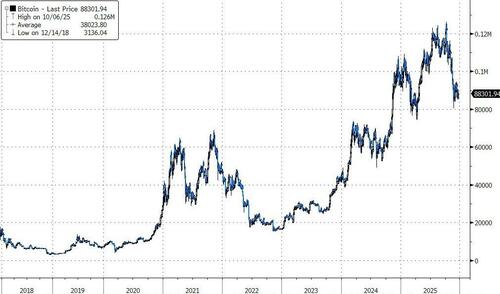





 Source: Spectrum News 1
Source: Spectrum News 1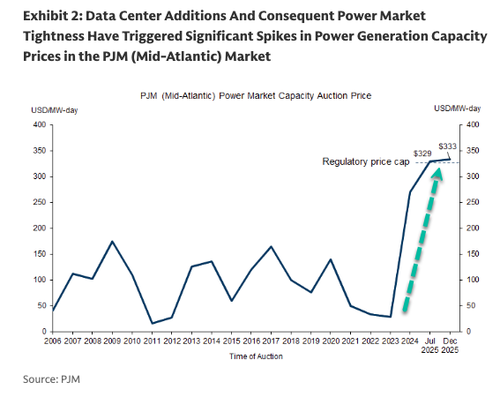
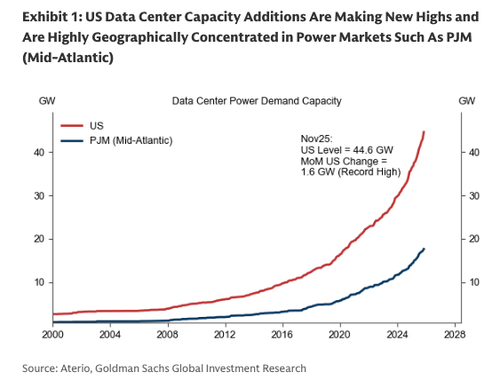
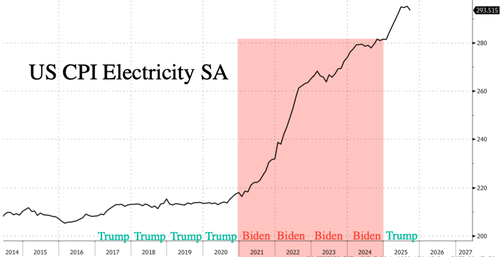
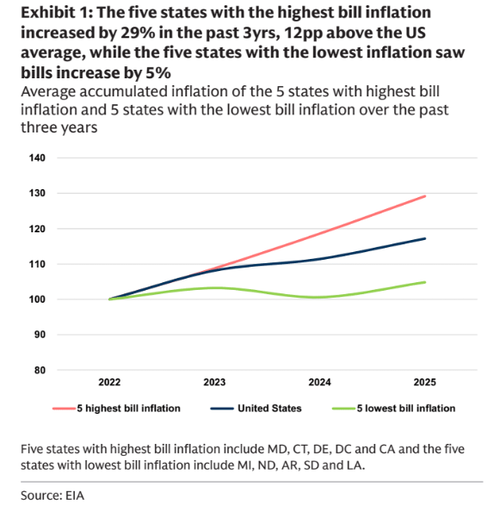




Recent comments